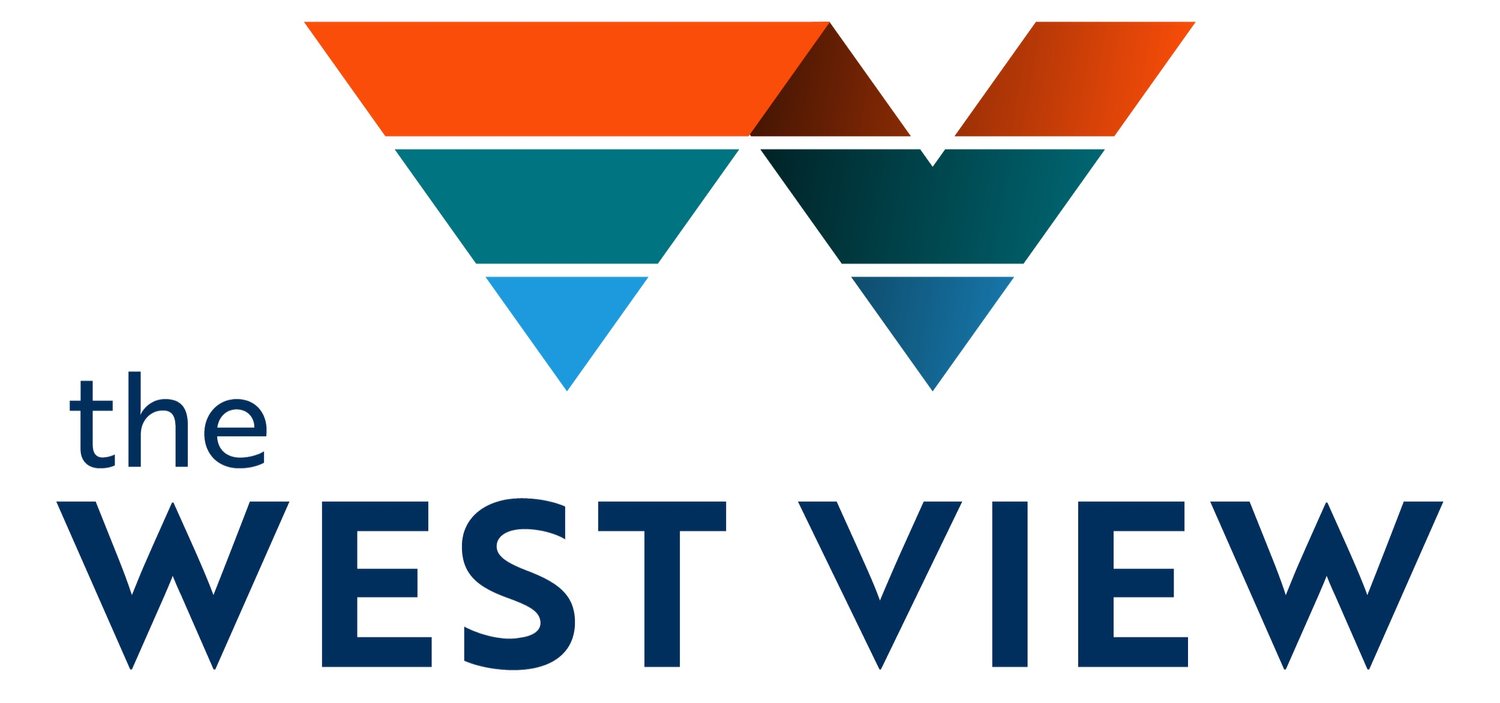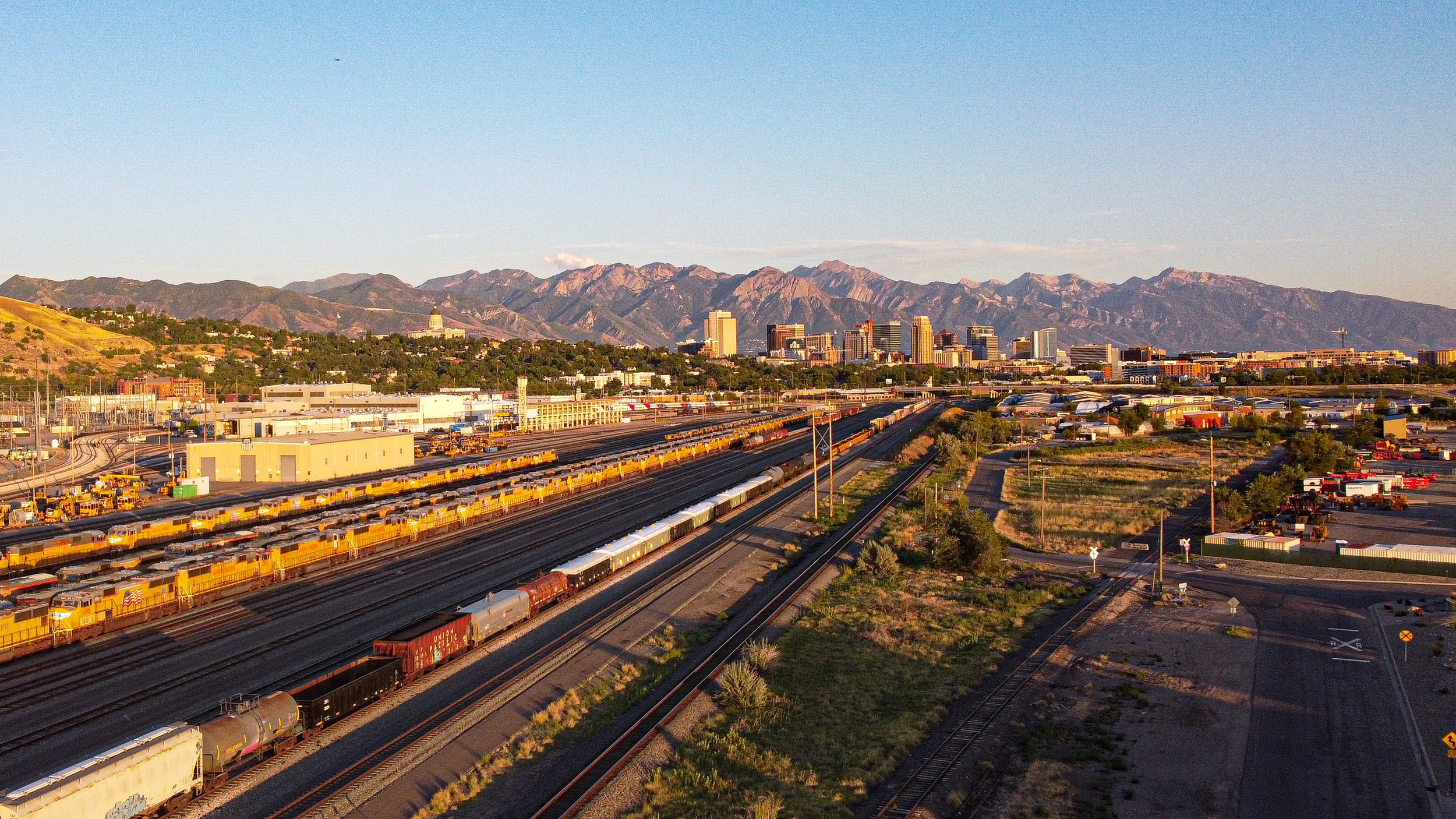Regional council behind I-15 project creates transportation plans “for the greater good”
The Wasatch Front Regional Council (WFRC) is made up of representatives from across the region. They’re largely responsible for pushing I-15 expansion plans onto the state. Photo by Elisabeth Cupp.
Residents and business owners on the Westside shouldn’t be worried about the I-15 expansion, according to some officials who helped develop the plan.
At an open house event on July 11th, members of the Wasatch Front Regional Council (WFRC) and the Utah Department of Transportation (UDOT) told attendees that all considerations for the potential removal of homes and businesses during their I-15 expansion will be “for the greater good.”
However, after the initial comment period following the November 2022 draft release, the plans to expand changed from working outside the freeway, to widening from the inside. This wider freeway will cost approximately $1.6 Billion to build with another $16 Million for environmental testing prior to the work. That estimate excludes the potential impact to residents and local businesses.
What is the Wasatch Front Regional Council?
Readers may be familiar with UDOT, but may have never heard of the WFRC; they’re largely responsible for the I-15 freeway expansion plan. The WFRC was formed in 1969 with the responsibility of focusing on regional problems and finding potential solutions for those issues. In 1973, the WFRC was given additional responsibility by then-Governor Calvin Rampton to take transportation planning away from UDOT, giving the council greater authority in recommending actions to the state legislature.
The WFRC is made up of elected officials from around the Wasatch Front, along with representatives from UDOT, UTA, and members of the Utah State Legislature, the State Planning Director’s office, the Utah League of Cities and Towns, the Utah Association of Counties, and Envision Utah. On the council, eight representatives come from Salt Lake County, with only 1 coming from Salt Lake City – Mayor Erin Mendenhall.
Part of the transportation planning the WFRC oversees is the development of 20- to 30-year long-range Regional Transportation Plan (RTP) as well as the preparation of a six-year, short-range Transportation Improvement Program (TIP). The members of WFRC collaborate with communities and partners to gather ideas and develop and implement plans. The nature of the WFRC’s work means that these elected officials often create plans for areas in which they have no jurisdiction; for example, a representative on the council from Box Elder County has the ability to influence plans for transportation in Salt Lake County, even though several counties stand between the two.
The I-15 expansion project is still in the study phase, which incorporates projected population growth and environmental impacts. According to UDOT, once complete, the freeway expansion should:
Allow more traffic to flow in and out of the capital city, alleviating both the current and anticipated traffic
Improve safety across portions of the freeway that the WFRC and UDOT identify as unsafe and in need of an update
Preparation for population growth
According to UDOT’s website, “Salt Lake City is expected to reach 5 million in population by the year 2050, and we need to accommodate our fastest-in-the-nation population growth.”
Along with the anticipated population growth, there is also the theory of induced demand to consider. Induced demand refers to the idea that, as roads are expanded to accommodate more traffic and reduce congestion, more people will opt to use this new expanded road thinking congestion has been solved, contributing to more congestion.
This theory has been proven in both Los Angeles on Interstate 405 and in Houston with the Katy Freeway. On I-405, officials spent $1.6 billion to expand the road. Data following construction showed that congestion relief was unimpressive, and led to increased air pollution and accident rates.
On the Katy Freeway in Texas, the state spent $2.8 billion expanding the freeway to 26 lanes to reduce travel times and help with congestion. However, since completion more than a decade ago – and despite being known as the “widest freeway in the world” – the Katy Freeway has seen a dramatic increase in congestion. This has led to worsening commute times, which have increased anywhere from 10 to 20 minutes.
When the theory of Induced Demand was raised at the open house, the WFRC assured attendees that COVID-19 changed our idea of what work looks like; many people are now able to work from anywhere they choose, thus alleviating the need to commute into work. The council didn’t address new questions raised by this answer, such as the actual need for freeway expansion.
Addressing safety concerns with the existing freeway
In addition to expanding the freeway, UDOT says reconstruction is necessary for safety concerns and aging infrastructure. Obviously, freeways are not meant to last forever; depending on the quality of construction, freeways can last as little as 5 years or up to 50 years.
From 1997-2001, UDOT reconstructed 16 miles of I-15 prior to the 2002 Olympics. This would make the main corridor roughly 22 years old, or middle-aged in freeway years. There are bound to be areas in need of repair after 22 years, especially due to the rough and varied Utah climate. Could the state save some money and just fix the areas that are of concern with regards to safety? According to the WFRC and UDOT, “no.”
While the council assured July open house attendees that it isn’t “an all-or-nothing” proposal as was previously believed, the funding allocated by the state legislature is based on both the expansion and the safety fixes rather than separate allocations for the additional lanes and repairs to address safety alone. At the June 2023 listening session at the Utah State Fair Park, Tiffany Pocock, project manager for UDOT, specifically said this was an “all-or-nothing” project, perhaps more accurately representing the reality that the funding was allocated together by the legislature.
For more information about the WFRC visit: https://wfrc.org/.

